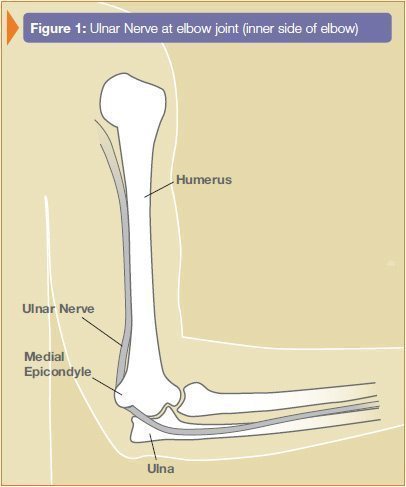If you have had an injury to your hand, some type of disorder, or you required surgery, then you may also need occupational or physical therapy on your hand to ensure that you are able to use it properly in the years to come. Hand therapy can actually even be used for preventative measures and to help control chronic pain. Hand therapy will be provided by someone who is licensed and educated to provide the best service in order to get your hand back to full usefulness as soon as possible.
When Is Hand Therapy Used?
As mentioned, there are numerous different times when hand therapy can be used to deal with problems and situations:
- Therapy can be used for management of chronic pain.
- It can be used to desensitize the hands and nerves after there has been a nerve injury.
- It can also be used to reintroduce senses to the hand after a nerve injury.
- It can teach patients how to use exercises at home after an injury or surgery.
- Therapy can be used to help retrain the patient to use their hand for normal, everyday activities.
- It can be used to recondition the hand before a patient needs to return to work.
In the case of hand surgery, therapy has a number of other uses as well, such as assisting in the healing open wounds, controlling swollen or sensitive scars, reducing swelling during the healing process, and providing patients with at-home exercises for the hand.
People need hand therapy in a variety of situations, including injury directly to the hand, surgery, trauma, severe burns, scars, amputations, carpal tunnel syndrome, tennis elbow, arthritis, and much more. In addition, patients who have problems after a stroke may need hand therapy to use their extremities properly.
Splinting and Protection
Often, after a hand injury or surgery, the hand will need to be immobilized in a certain position. This is another job of the therapist. Often, they will create or choose a certain splint or brace to ensure the hand stays in one position while it is still healing.
When you go to a hand therapist, you can rest assured that this is a professional who specializes in the hand or arm only. They will not be general therapists who may have to get information on how to offer therapies for your hand specifically. You can even find out more about hand therapists by visiting the American Society of Hand Therapists at www.asht.org. You can even search for therapists in your area by looking up your city and state. This will tell you more information and get you on the right track to choosing the best therapist for your needs.
Hand therapy is a very important part of the healing process, and it should not be ignored. Instead, if you have to have surgery or you have an injury to your hand, be sure to follow your doctors orders and get the therapy you will need in the wake of your situation.
Resources:

 What many people call the “funny bone” really is a nerve. This ulnar nerve runs behind a bone in the elbow through a space called the “cubital tunnel” (Figure 1). Although “banging the funny bone” usually causes temporary symptoms, chronic pressure on or stretching of the nerve can affect the blood supply to the ulnar nerve, causing numbness or tingling in the ring and small fingers, pain in the forearm, and/or weakness in the hand. This is called “cubital tunnel syndrome.”
What many people call the “funny bone” really is a nerve. This ulnar nerve runs behind a bone in the elbow through a space called the “cubital tunnel” (Figure 1). Although “banging the funny bone” usually causes temporary symptoms, chronic pressure on or stretching of the nerve can affect the blood supply to the ulnar nerve, causing numbness or tingling in the ring and small fingers, pain in the forearm, and/or weakness in the hand. This is called “cubital tunnel syndrome.”











